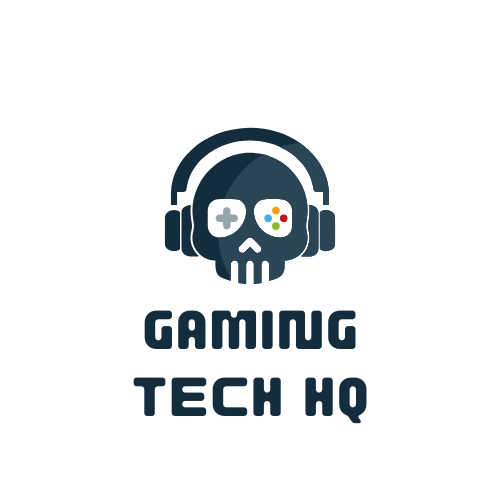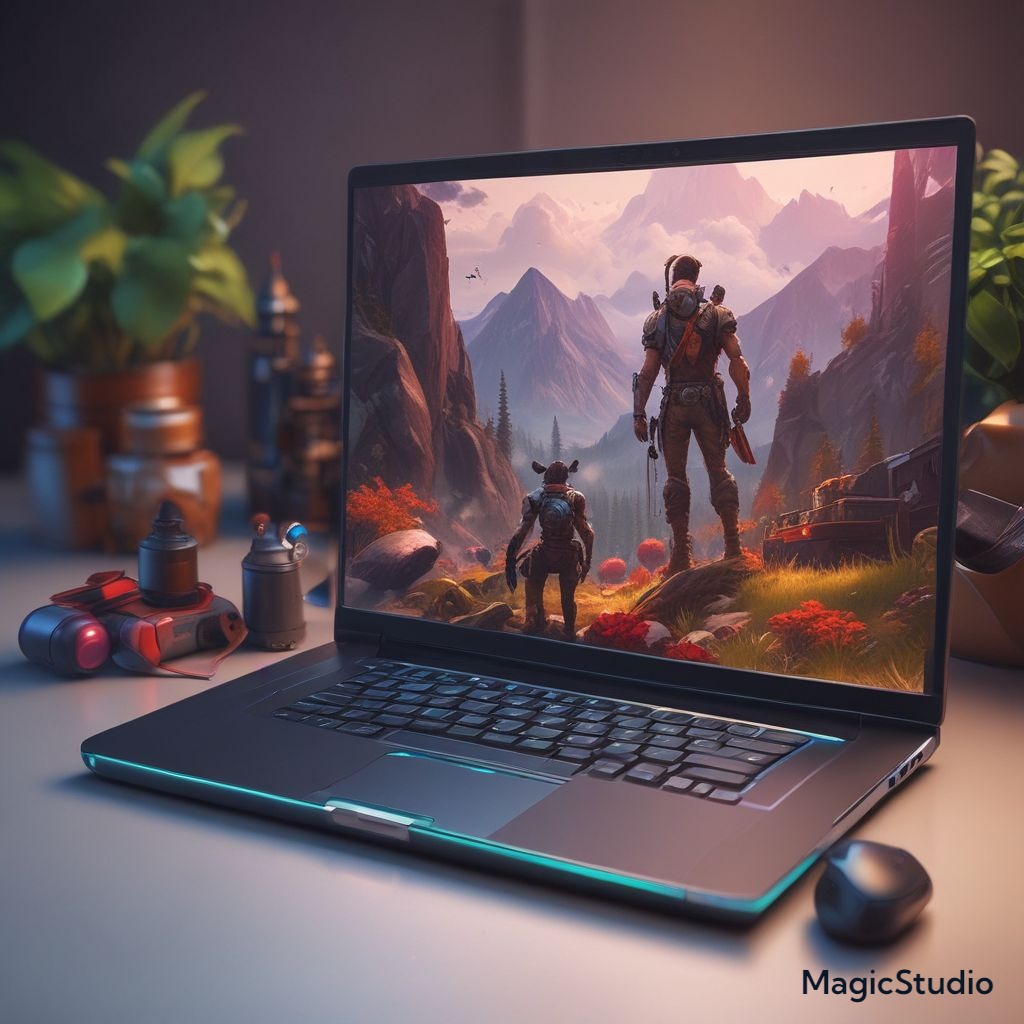When every millisecond counts, your choice between FreeSync and G Sync can mean the difference between victory and defeat. Both adaptive sync technologies match your monitor’s refresh rate to your game’s frame rate, reducing screen tearing, stutter, and input lag. But which one is best for your competitive gaming setup?
In this comprehensive guide, we’ll break down FreeSync vs G Sync in terms of performance, compatibility, cost, and overall value. We’ll also recommend a few top-rated monitors that exemplify the strengths of each technology, helping you make a more informed decision.
Quick Comparison Table: FreeSync vs G Sync
| Feature | FreeSync | G Sync |
|---|---|---|
| Developer | AMD | NVIDIA |
| Hardware Module | None (uses Adaptive-Sync) | Proprietary Module (in full G Sync) |
| Price Range | Generally More Affordable | Often More Expensive |
| Compatibility | Best with AMD GPUs (some NVIDIA) | Best with NVIDIA GPUs |
| Input Lag | Varies by Model | Consistently Low (Strict Standards) |
| Range Flexibility | Can Vary (Check LFC Support) | Typically Excellent |
Understanding FreeSync vs G Sync: How These Technologies Work
At the core of the FreeSync vs G Sync debate is adaptive sync. Both technologies align your monitor’s refresh rate with your GPU’s output, creating a smoother gaming experience free of most screen tearing.
- FreeSync:
Developed by AMD, FreeSync uses the Adaptive-Sync standard integrated into DisplayPort and often HDMI. Because it doesn’t rely on proprietary hardware, FreeSync monitors are generally more affordable and widely available. While quality can vary, a bit of research ensures you’ll find a great match.
Recommended Example:- AOC G2490VX (FreeSync): An affordable 1080p, 180Hz monitor known for its low input lag and responsiveness, ideal for gamers first exploring the FreeSync vs G Sync conversation.
- AOC G2490VX (FreeSync): An affordable 1080p, 180Hz monitor known for its low input lag and responsiveness, ideal for gamers first exploring the FreeSync vs G Sync conversation.
- G Sync:
Created by NVIDIA, G Sync employed a proprietary hardware module to ensure rigorous performance standards. This often translates to lower input lag and more consistent refresh rates—at a higher cost.
Recommended Example:- ASUS ROG Swift PG279QM (G Sync): A premium 1440p, 240Hz display known for its top-tier image quality and responsiveness—an excellent choice for those wanting to see why G Sync is often considered a premium option.
Pro Tip: Whether you pick FreeSync or G Sync, look for features like Low Framerate Compensation (LFC) and check model-specific reviews to ensure smooth gameplay at various frame rates.
FreeSync vs G Sync Performance: Input Lag, Refresh Rates, and Stability
In competitive gaming, performance is king. Let’s delve into the key factors—input lag, refresh rates, and frame stability—in the FreeSync vs G Sync matchup.
Input Lag Considerations in FreeSync vs G Sync
- FreeSync:
Input lag can differ from one FreeSync model to another, so it’s wise to review expert opinions and benchmarks. High-quality FreeSync monitors often achieve minimal lag, offering a competitive feel at a friendlier price point.
Recommended Example:- SAMSUNG 25″ Odyssey G4 Series (FreeSync & G Sync Compatible): This 27-inch, 1440p monitor delivers low input lag, accurate colors, and smooth performance—perfect for gamers who want to keep their options open in the FreeSync vs G Sync debate.
- SAMSUNG 25″ Odyssey G4 Series (FreeSync & G Sync Compatible): This 27-inch, 1440p monitor delivers low input lag, accurate colors, and smooth performance—perfect for gamers who want to keep their options open in the FreeSync vs G Sync debate.
- G Sync:
NVIDIA’s strict certification ensures G Sync monitors meet demanding standards for low input lag. If you’re an NVIDIA GPU user seeking a top-tier competitive edge, G Sync monitors are often a reliable choice.
Recommended Example:- ASUS ROG Swift PG259QN (G Sync): With a blazing 360Hz refresh rate, this esports-focused monitor showcases how G Sync can deliver ultra-low latency and razor-sharp responsiveness for serious competitors.
Refresh Rate Flexibility in FreeSync vs G Sync
Both FreeSync and G Sync support a wide spectrum of refresh rates, from basic 60Hz models to esports-grade 240Hz+ displays. Consistency across these ranges is vital:
- FreeSync:
Some FreeSync monitors have narrower adaptive ranges (e.g., 48–144Hz). If your FPS dips below the minimum, you might experience tearing or stuttering unless LFC is supported. Researching each model’s capabilities is crucial.
Recommended Example:- LG 27GL83A-B (FreeSync & G Sync Compatible): This 1440p, 144Hz monitor offers stable performance and wide compatibility, showing that well-chosen FreeSync displays can stand toe-to-toe with G Sync in terms of smoothness.
- LG 27GL83A-B (FreeSync & G Sync Compatible): This 1440p, 144Hz monitor offers stable performance and wide compatibility, showing that well-chosen FreeSync displays can stand toe-to-toe with G Sync in terms of smoothness.
- G Sync:
Full G Sync models typically excel at maintaining smooth visuals even at low frame rates. This consistency makes them popular among competitive players looking for the absolute best experience.
Recommended Example:- Alienware AW2721D (G Sync Ultimate): A 240Hz QHD monitor with exceptional color reproduction and HDR capabilities, it illustrates why many view G Sync as a benchmark for top-quality adaptive sync performance.
- Alienware AW2721D (G Sync Ultimate): A 240Hz QHD monitor with exceptional color reproduction and HDR capabilities, it illustrates why many view G Sync as a benchmark for top-quality adaptive sync performance.
Compatibility, GPUs, and Cost in the FreeSync vs G Sync Decision
When it comes down to choosing FreeSync vs G Sync, your existing GPU and budget are key factors.
- FreeSync Monitors:
Great for AMD GPU owners, FreeSync models are typically easier on the wallet. As NVIDIA expands compatibility, many FreeSync monitors also function as G Sync Compatible, offering flexibility and excellent value.
Budget Example:- ViewSonic XG2431 (FreeSync): Priced around $200, it’s known for outstanding motion clarity and low input lag, making it an appealing choice for gamers exploring the FreeSync vs G Sync trade-off.
- ViewSonic XG2431 (FreeSync): Priced around $200, it’s known for outstanding motion clarity and low input lag, making it an appealing choice for gamers exploring the FreeSync vs G Sync trade-off.
- G Sync Monitors:
Built with NVIDIA GPUs in mind, G Sync displays often cost more but deliver consistent, high-quality gaming experiences. G Sync Compatible options have lowered the entry barrier, giving budget-conscious gamers a chance to enjoy near-G Sync performance without the premium price tag.
Budget Example:- ASUS VG248QG (G Sync Compatible): A 24-inch, 1080p display with a blazing-fast 165Hz refresh rate and just 0.5ms response time, this monitor is designed for high-speed, competitive gaming. Its G Sync compatibility ensures tear-free visuals when paired with NVIDIA GPUs, while the built-in Eye Care technology reduces eyestrain during marathon gaming sessions. Solid performance, affordability, and reputable brand quality make it a great choice for those seeking G Sync benefits without breaking the bank.
- ASUS VG248QG (G Sync Compatible): A 24-inch, 1080p display with a blazing-fast 165Hz refresh rate and just 0.5ms response time, this monitor is designed for high-speed, competitive gaming. Its G Sync compatibility ensures tear-free visuals when paired with NVIDIA GPUs, while the built-in Eye Care technology reduces eyestrain during marathon gaming sessions. Solid performance, affordability, and reputable brand quality make it a great choice for those seeking G Sync benefits without breaking the bank.
FreeSync vs G Sync: Choosing the Right Technology for Your Play Style
For Hardcore Competitive Gamers (FreeSync vs G Sync Scenario):
- NVIDIA GPU Owners: If every frame and millisecond matters, a full G Sync monitor (like the ASUS PG259QM) provides unparalleled consistency and minimal input lag.
- AMD or Mixed Hardware: High-quality FreeSync or G Sync Compatible monitors (e.g., the LG 27GL83A-B) can still deliver a formidable competitive edge at a lower cost.
For Casual and Budget Gamers:
If you’re not competing at a professional level, FreeSync monitors often deliver the best balance of price and performance. Enjoy smooth, tear-free gameplay—no matter what GPU you use—without overspending.
For the Cost-Conscious:
FreeSync’s affordability and broad range of options make it ideal for those just dipping their toes into adaptive sync. Many FreeSync models also support G Sync Compatibility, giving you flexibility if you switch GPUs later.
Making the Final Choice in the FreeSync vs G Sync Debate
In the FreeSync vs G Sync comparison, the “best” choice depends on your hardware, gaming ambitions, and budget. G Sync provides a premium, reliable experience tailored to NVIDIA users and those chasing esports-level performance. FreeSync, on the other hand, offers greater affordability, extensive monitor options, and increasing compatibility with NVIDIA GPUs, making it ideal for a wide range of gamers.
Still unsure about how FreeSync vs G Sync stacks up for your setup? Check out our Best Budget Gaming Monitors for 2024 guide to see how top-rated models compare. Whether you choose FreeSync or G Sync, investing in the right adaptive sync display can elevate your gaming experience—providing smoother, more responsive gameplay and potentially giving you the extra edge you’ve been seeking.









Leave a Reply